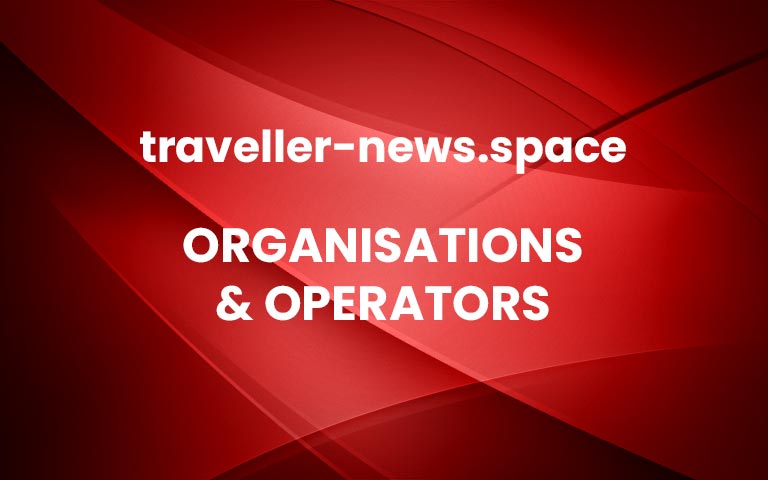Hyatt Celebrates Brand Entry into Estonia with the Opening of Hyatt Place Tallinn
Hyatt Hotels Corporation has celebrated the opening of Hyatt Place Tallinn, marking its brand debut in Estonia and a significant milestone in the company’s continued strategic expansion across Europe. Located in the heart of Tallinn’s dynamic harbor district, just steps from the city center, Hyatt Place Tallinn is a welcoming place where guests are met […] More


